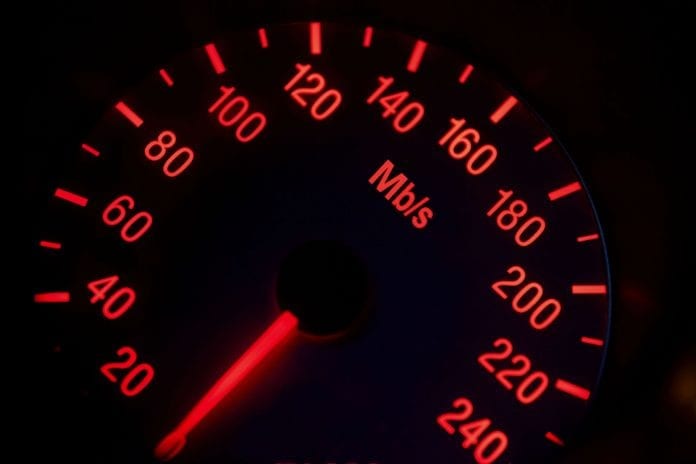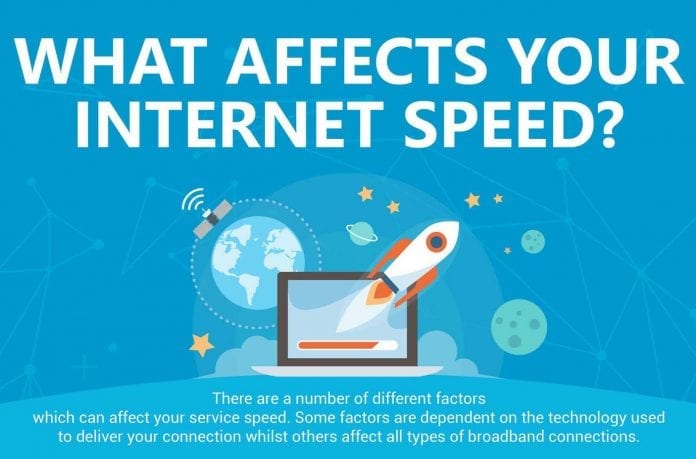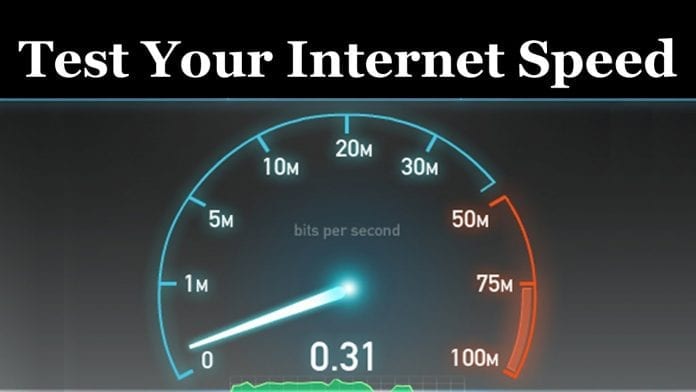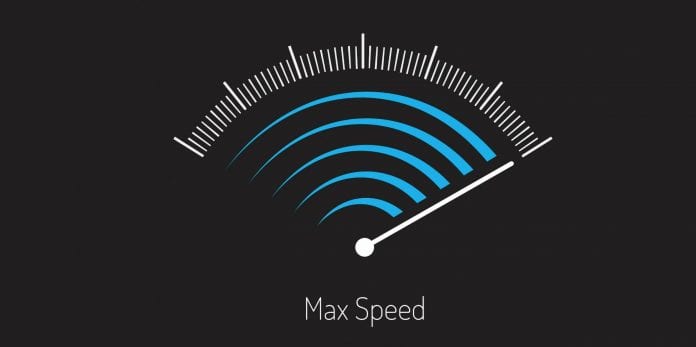High-speed internet.
This term has become an indispensable resource for today’s generation. The appeal is so strong that any banner which displays it, automatically attracts a large crowd. They’ve become the yardstick against which ‘progress’ is measured. But, what is speed, really? And how do we understand it in relation to the internet phenomenon?
Take the example of a basic utility like water. Now, it is used in multiple ways around the house, but let’s stick to the instance of showering, for the sake of convenience. If the water pressure coming out of the shower head is low, then it will take longer for you to finish taking your shower, right? Conversely, if the water pressure is high, then you’ll be out of the shower in a relatively shorter amount of time. This pressure-volume-time sequence denotes the speed of the water.
Internet speed works in pretty much the same way. Here, instead of water droplets traveling from the main tank to your shower pipe in a short amount of time, electronic packets of information, symbolized by ‘bits’ and/or larger units ‘bytes,’ are transferred from the main internet cloud to your connected device and vice versa in a range of time, taken in seconds. In other words, the number of bits/bytes carried over a connection in a given amount of time is called the internet speed. It is usually measured in the form of bits per second (bps) or bytes per second (Bps).
Need for Speed:

The content that’s created these days over the internet is heavy duty, indeed. From 4K videos to virtual gaming worlds, the weight of the data has definitely increased. Now, more pressure is required to push this large volume of data through the channels to your devices and vice versa, and that in a flash. This need for a fast thrust brings us to the demand of high-speed internet. Frankly speaking, people hate to wait. They become super frustrated with data that buffers. That is why they want the sort of internet connection which transfers millions of data units in a single second. A connection which has a high Mbps (Mega/one million-bits-per-second) or Gbps (Giga/one billion-bits-per-second) rate. These days, this is what we mean by high-speed internet.
Choosing the Right Speed Plan:

It all comes down to this question. How do you know which internet speed is right for you? You don’t want to expend a boatload of cash on an expensive internet plan when your usage is pretty low-key. Neither do you want to go for a minimal speed plan when Netflix is all you want to watch day in and day out. A balanced, budget-friendly package with an optimum speed, like the one offered by Cox or something which you can get from here, is what you want to go for. So, not to worry, just read through the following factors of what influences internet speeds, and this will ultimately help you figurr out the right kind of speed for an optimal experience.
Broadband Factor:

Different broadband connections deliver different kinds of speed. Determine the one that suits you best and be ready for the one which will come along with it.
- Satellite: This connection uses a dish and a transmitter. Signals are beamed to and fro between the dish and a satellite in space. The long distance and the weather conditions create latency and interference, which directly affects the stability. Usual speed is 30 Mbps.
- DSL: This connection uses copper telephone lines, dedicated to your household, to channel the internet. It’s way faster than dial-up. The speed is around 100 Mbps.
- Cable: This connection uses coaxial cables which usually run your TV. It’s held to be two times faster than DSL, boasting up to 300 Mbps. Its speed is affected, however, on account of being shared.
- Fiber: This connection uses fiber optic cables to send data in the form of light pulses. Though expensive and unavailable in some areas, it shows the best internet speed results, measuring up to 1 Gig.
In addition to the network type, speed also depends on the kind of hardware that’s transmitting it, whether it is a single-band or dual-band router, or if it is a wireless or a wired connection. Once you determine these setup basics, then you can move on to the usage factor.
Content Factor:

The way you consume online content matters a lot too. From simple browsing to copious amounts of data through online streaming, your usage of the internet determines the kind of speed that you require. If your online lifestyle revolves around high-quality content, then you’d need to subscribe to high-tier plans which offer high speed. However, if you use the internet for menial tasks, then a low-tier plan with adequate speed will benefit you just the same. With this, you can balance speed, stability, and affordability, which is an ideal combination. Now, how much do you need depending on your usage? Check out the standards mentioned below:
- Surf and Browse: Checking emails, reading online blogs, scrolling through Instagram’s newsfeed and opening links all fall under this category and require at least 1 Mbps, which is a low-tiered usage.
- Live Game: Gone are the days when teenagers used to battle on board games. Gaming has gone virtual and now you can play with competitors worldwide by connecting to a high-speed internet. The minimum speed required for online gaming is 3 Mbps to 15 Mbps. The higher the speed, the better it can hit multiple frames per second of the game, making the experience much more refined.
- Season Stream: Did you catch the latest season of 13 Reasons Why or did you binge-watch the entire American Gods series over the weekend? If so, then you’re as hard a Netflix addict as we all are. But, you need to understand the connection between high-resolution and high-speed internet. Not so long ago, this entertainment giant issued a simple guide for online consumers to figure out the speed requirements in relation to the quality requirements. According to it, the minimum speed needed to watch a video on Netflix is 0.5 Mbps, the recommended speed is 1.5 Mbps, for SD quality it is 3 Mbps for HD viewing it is 5 Mbps, and for a 4K Ultra experience, it is at least 25 Mbps!
Now, after you analyze your daily usage and internet behavior, you can determine what the right internet speed is for you and then finalize your plan.
Testing the Speed:

This is the evaluative step, which can be carried out before or even after the purchase of an internet plan. Simply run the upload and download speed tests, which sites like Netflix, Google, and TestMy.net have published online, to see what speeds you currently have and whether they’re good enough or not. If you want to upgrade, deal with the broadband factor and the content factor, decide the desired level and then purchase a plan which delivers it.
So, understanding how the internet speed works, how it is dependent on hardware type and how it translates with your internet usage, can help you select the right one for a satisfactory online experience.









